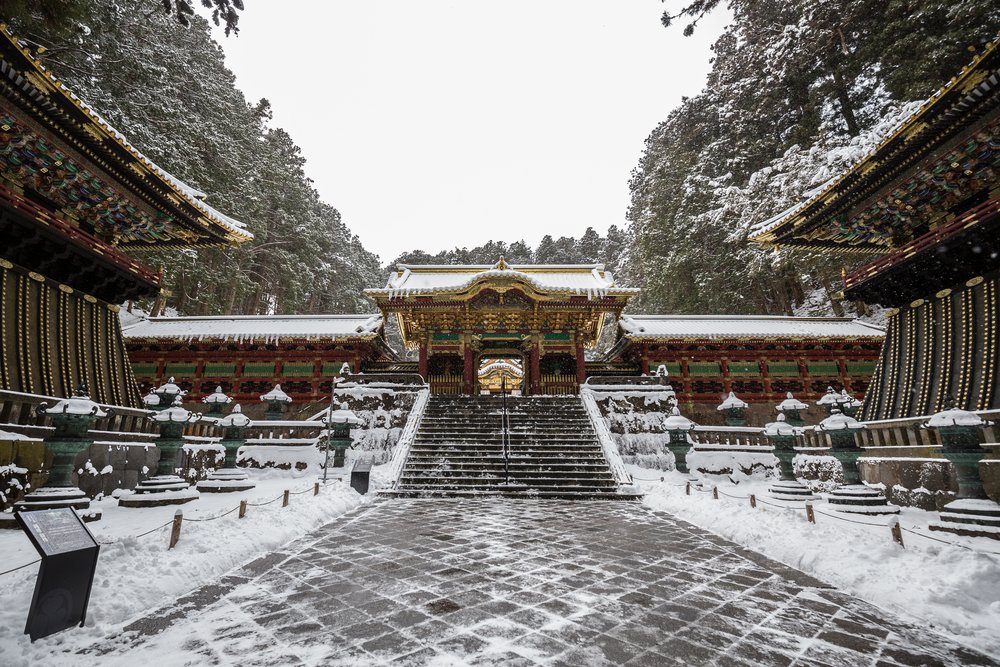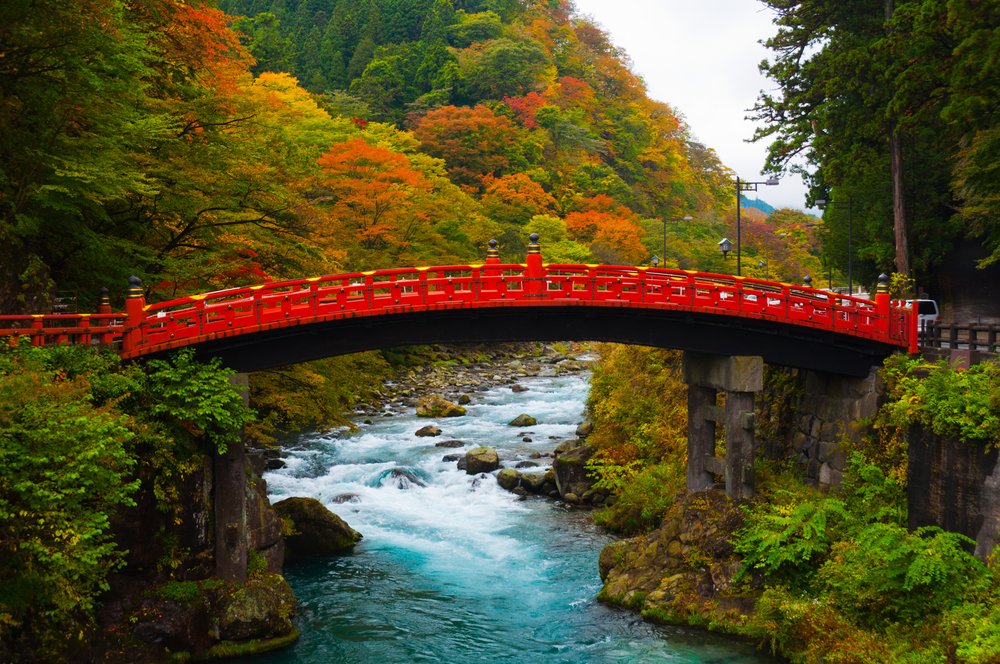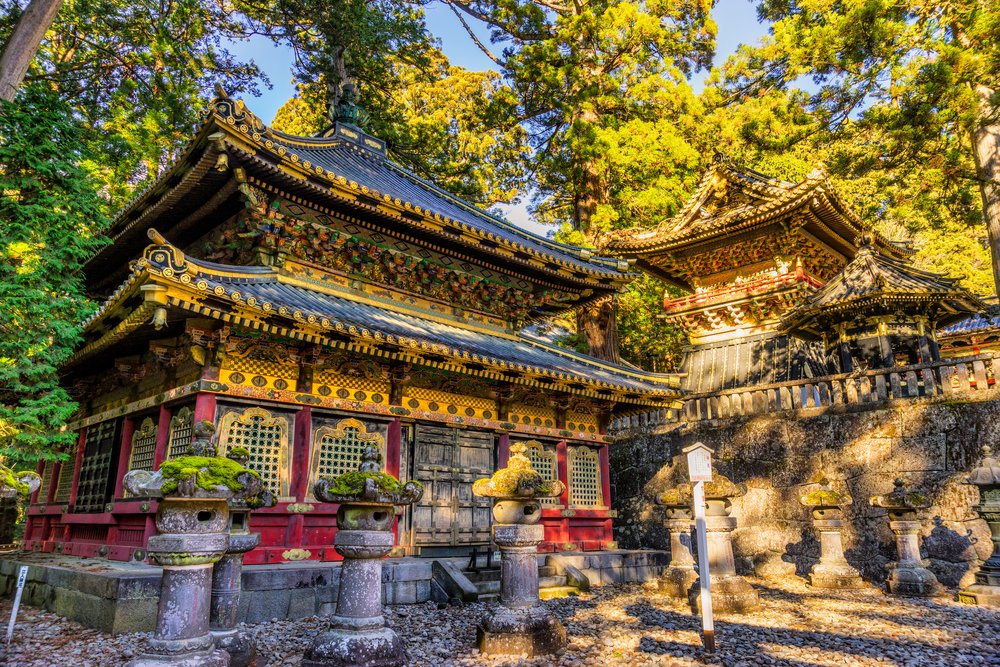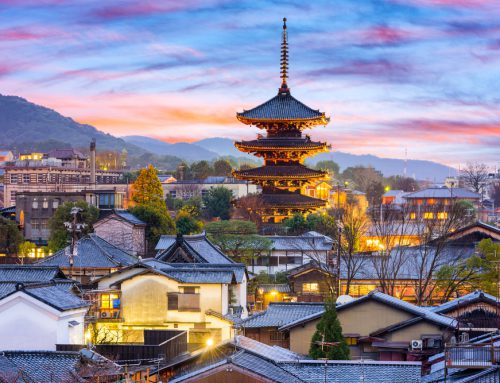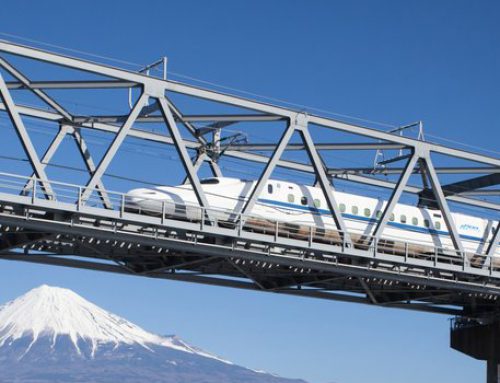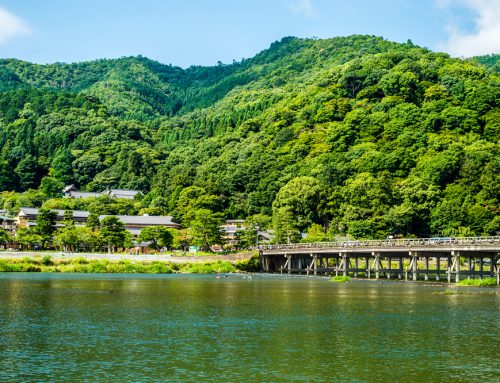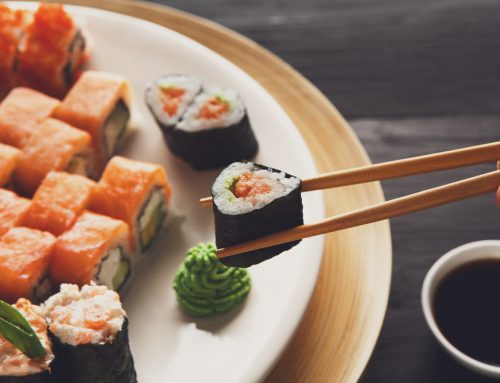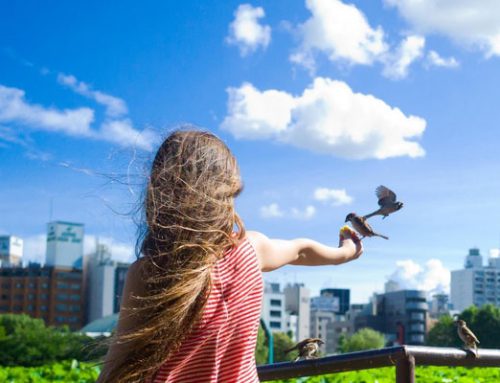Located in the Kanto region’s Tochigi Prefecture, Nikko is a Japanese city that is popular among local and foreign tourists because of its elaborately designed shrines and lush natural scenery.
How to get there
From Tokyo Station, I boarded a Shinkansen to Utsunomiya Station. The ride took about an hour and was covered by my Japan Rail Pass. In Utsunomiya, I transferred to a JR Nikko Line train and, 45 minutes later, I was finally in Nikko.
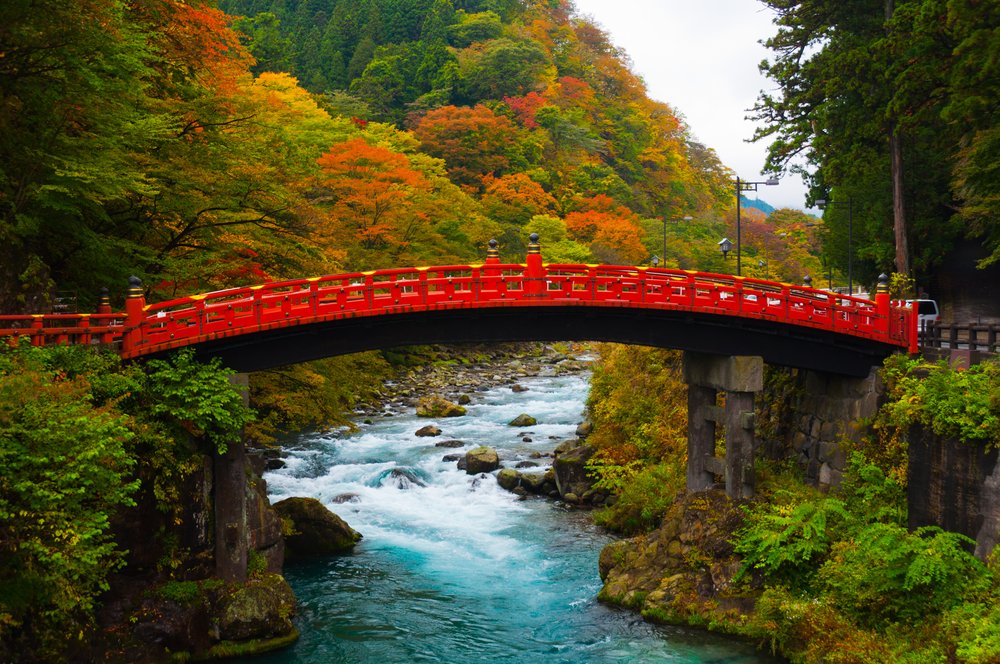
How to get around
Upon arriving at Nikko station, I walked to the nearby Tobu Nikko station to purchase a one-day bus pass that cost 500 yen. It covered a limited number of stops, specifically only going to the UNESCO World Heritage Shrines and Temples of Nikko.
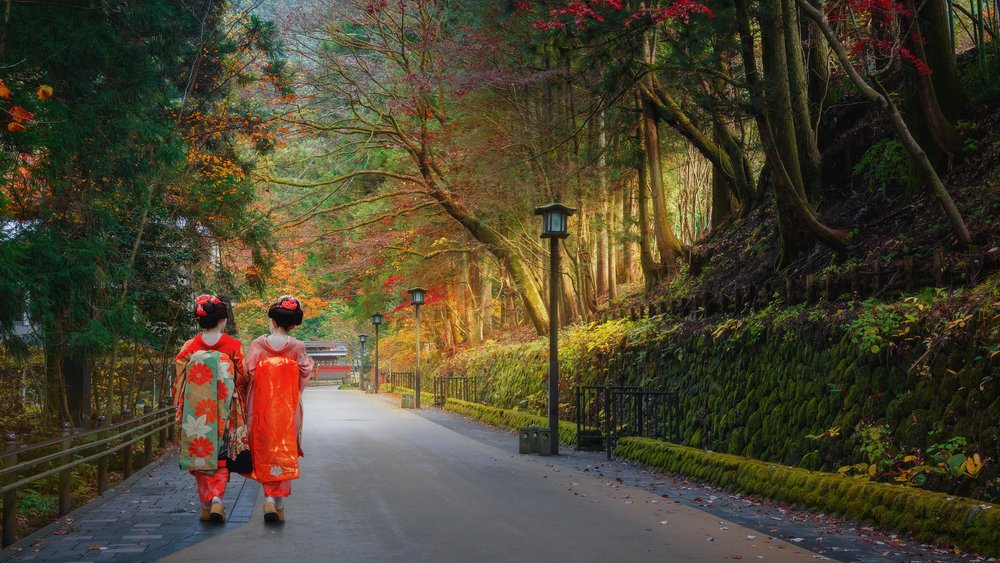
What to see
Nikko Tosho-gu Art Gallery
My first stop was the Nikko Tosho-gu Art Gallery.
Once inside, I was ushered into a small room to watch a short animated film (with English subtitles) about Ieyasu Tokugawa’s life — from his childhood to his rise to power and finally to his death.
After the show, I explored the museum and was treated to exhibits and displays that included traditional scrolls, calligraphy, tools, paintings, and other pieces from Japan’s long and rich history.
Tosho-gu Shrine
Afterwards, I made my way to Tosho-gu, a Shinto shrine where the mausoleum of Ieyasu Tokugawa — founder of the Tokugawa shogunate that governed Japan for over two and a half centuries — lies.
It was a pretty spacious area, home to several beautifully and colourfully decorated buildings (such as the main shrine building, the Honjido Hall and its crying dragon carving, and the Sakashitamon Gate with its famous sleeping cat carving).
Tokugawa Ieyasu’s mausoleum, situated up on a hill, required quite a bit of a climb so make sure to wear comfortable footwear.
Futarasan Shrine
Via a small, muddy dirt road, I made my way to Futarasan Shrine, a Buddhist shrine founded in 782 in honor of the deities of the three sacred mountains of Nikko.
Its main hall and offering hall featured exquisite designs and carvings, and it has a small garden and a spring.
Taiyuinbyo
Not too far from Futarasan is the Taiyuinbyo, the mausoleum of Ieyasu’s grandson, Iemitsu. Just like his grandfather’s shrine, Ieyasu’s also featured lavish designs and impressive architecture.
Because it was winter, the grounds all over the complex were covered in snow, making the scenery absolutely stunning.
